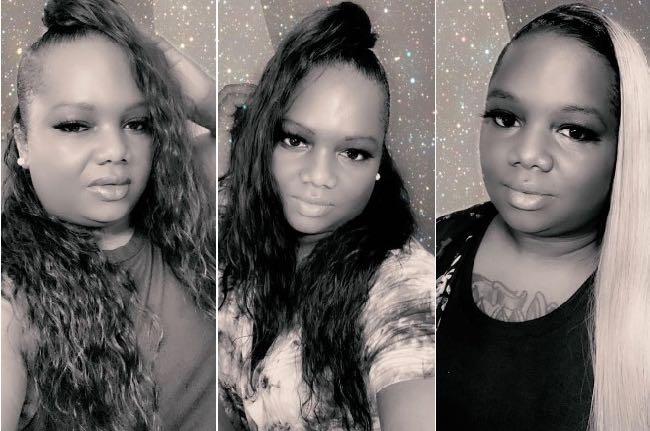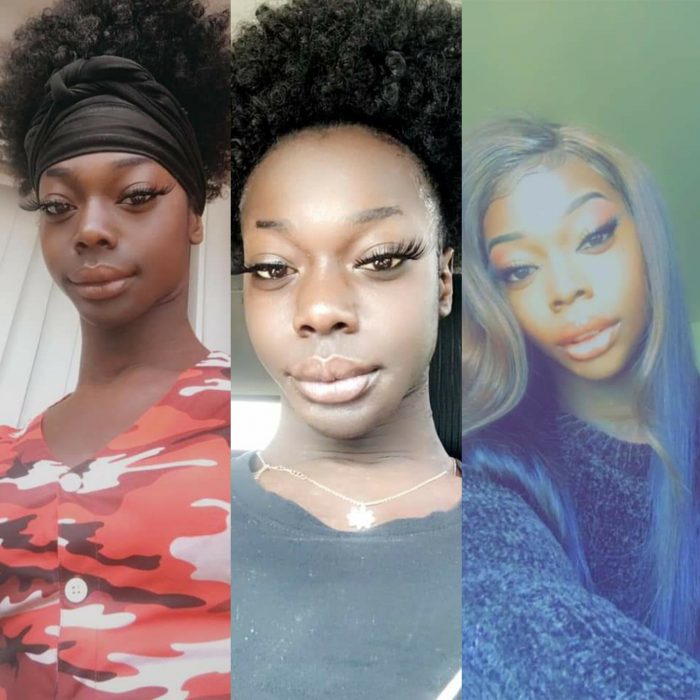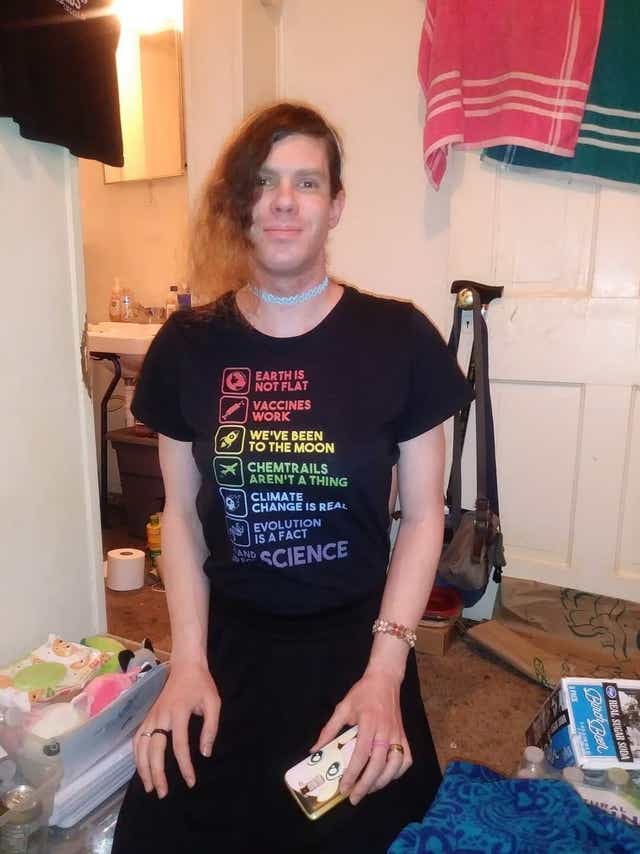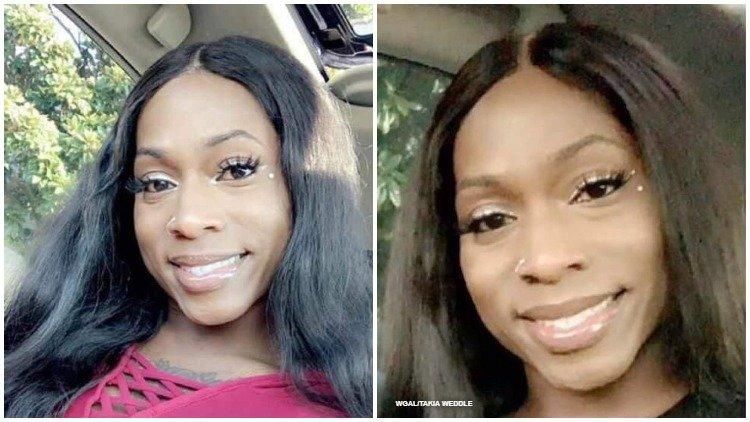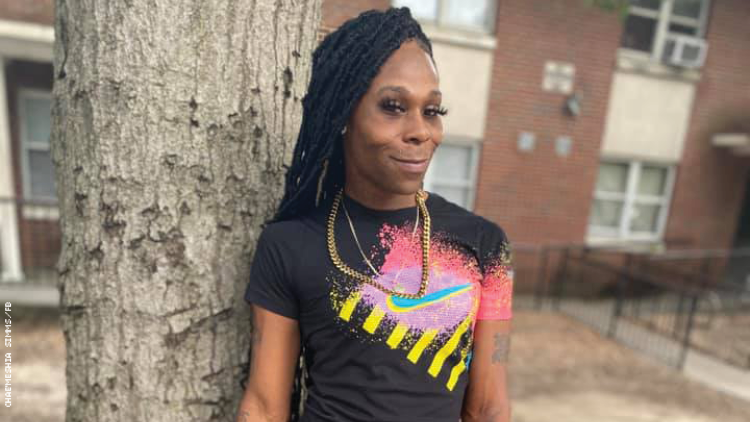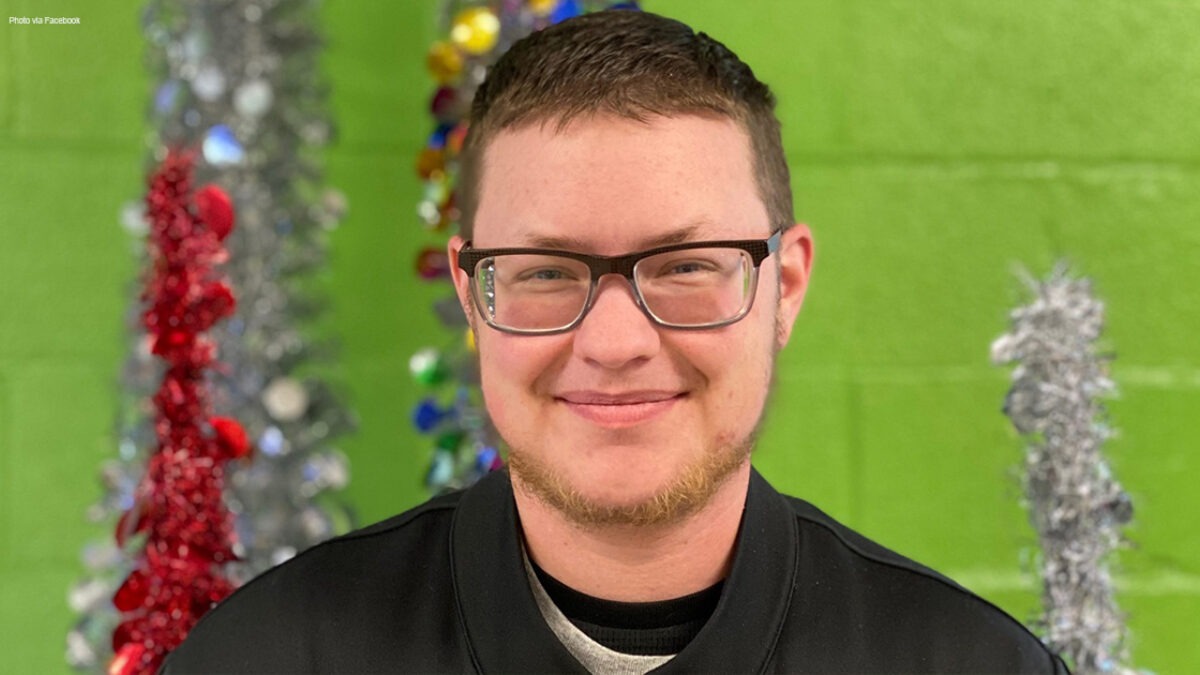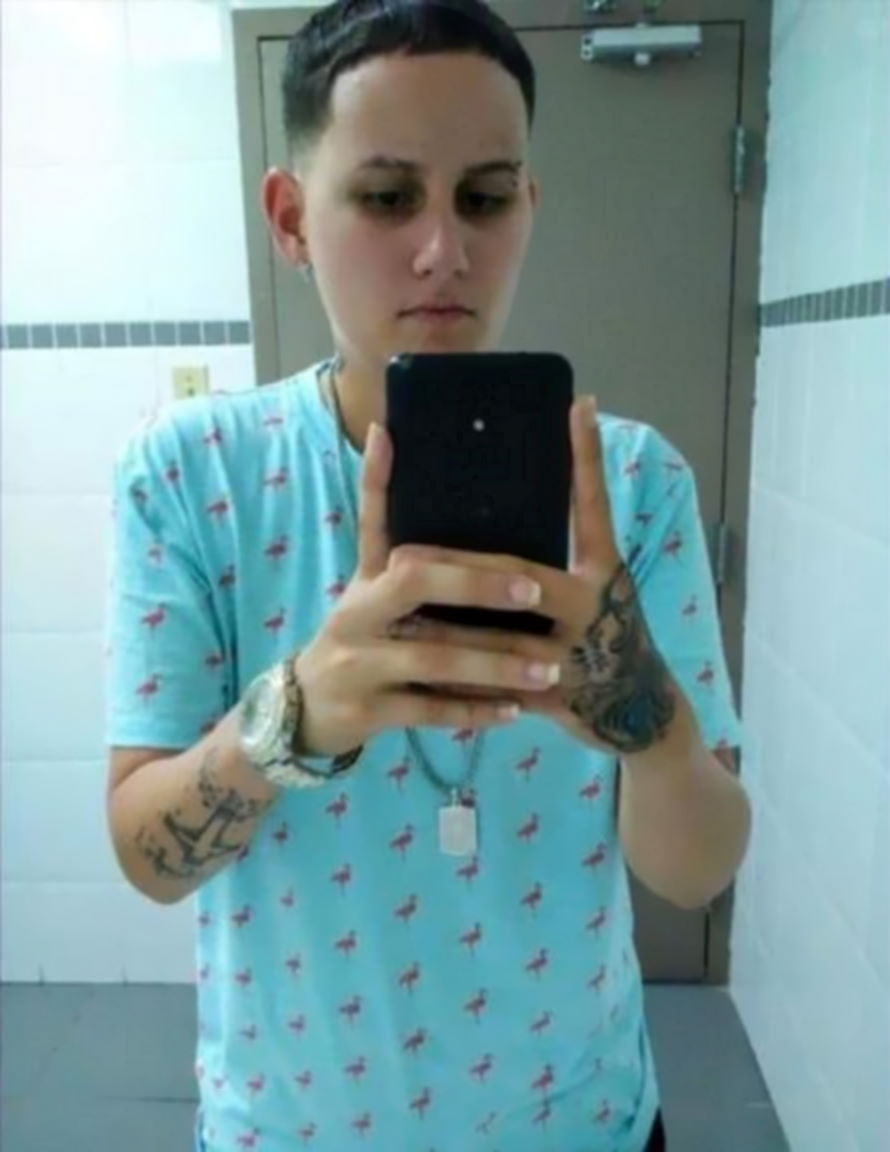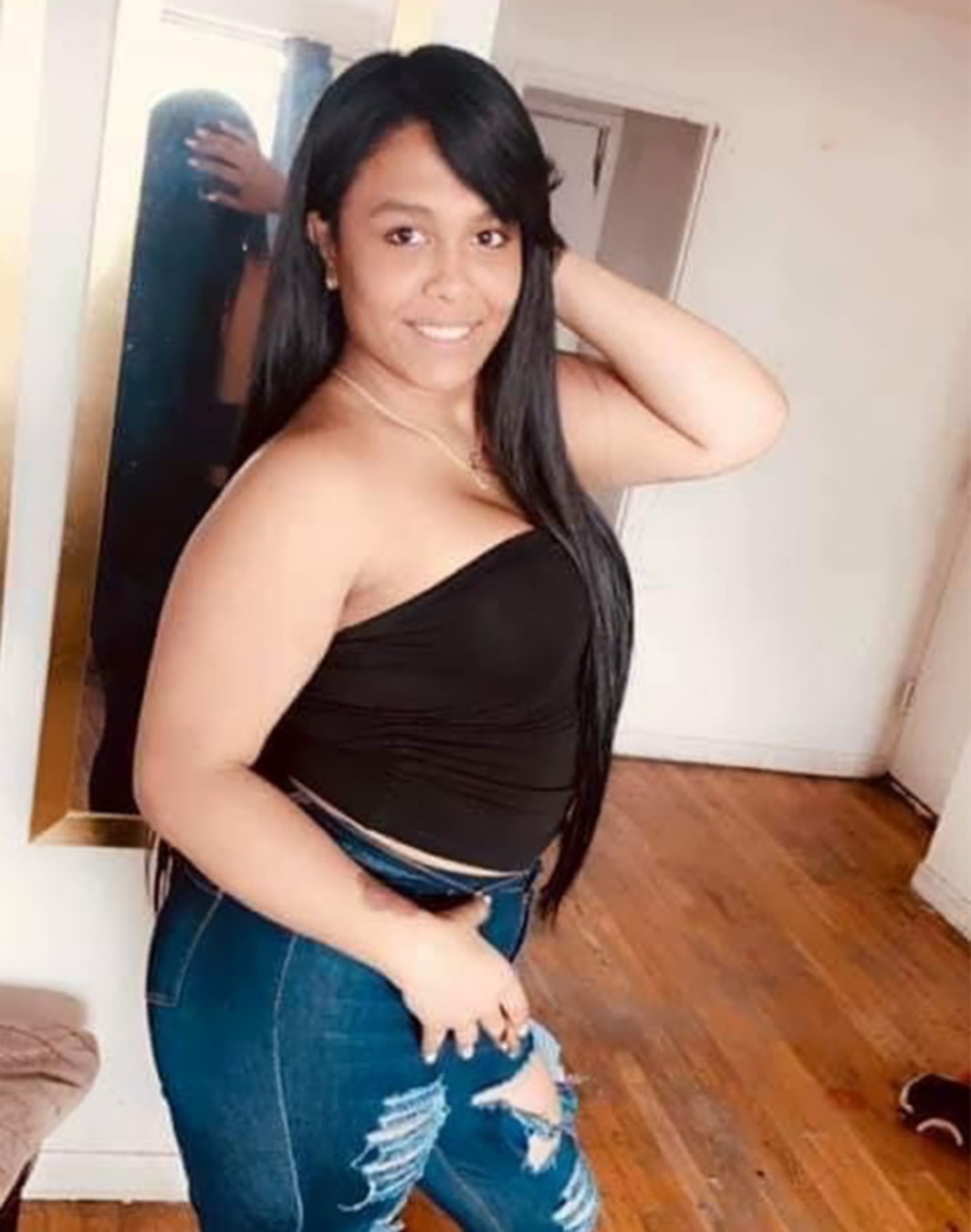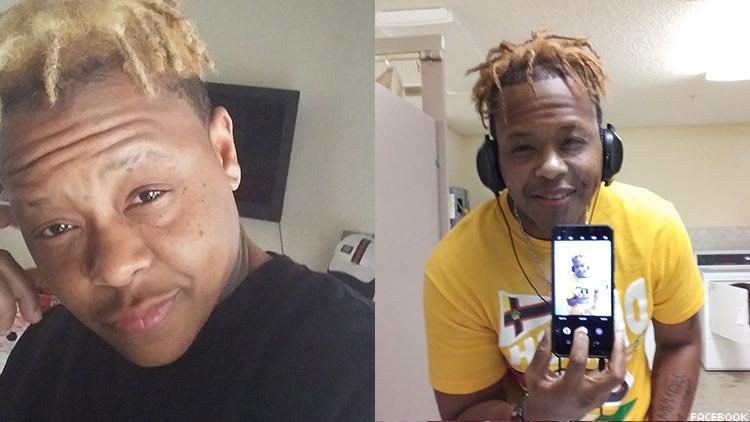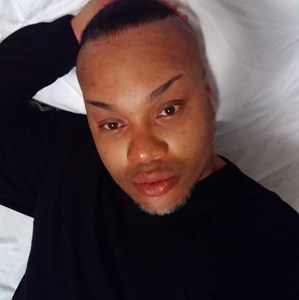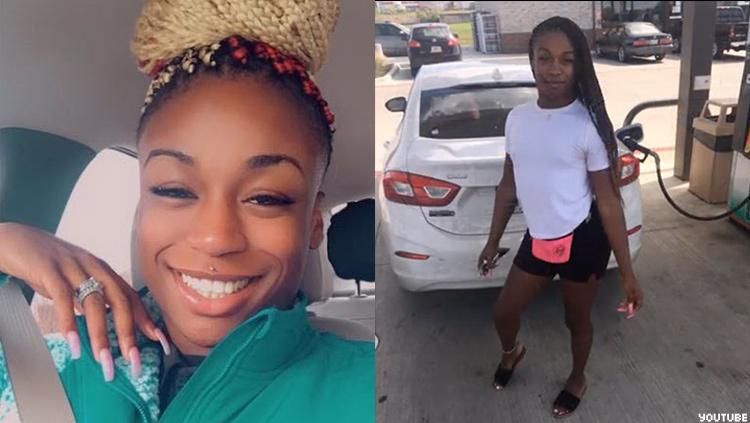On Jan. 6, 2021, supporters of president Donald Trump–fans, militia groups, alleged blue lives matter activists–stormed the Capitol building in a dying attempt to stop Congress, who were in session at the time of this riot, from formally confirming that President-elect Joe Biden’s win. Wielding copious amounts of merchandise of their favorite politician and weapons considered illegal to openly carry in Washington D.C, these marchers pushed back the weak line of defenses separating them from the capitol building. The members of Congress were ushered to secure locations underground, while hundreds of domestic terrorists flooded the building, some going as far to threaten to kill or take hostage those politicians who were not likely to comply with their demand. With eerily bold, beaming smiles, the felons began to deface the building, posing at desks, toting around podiums, and firing shots.
At least five people were killed during this riot, including police officer Brian D. Sicknick who was physically engaged with the rioters. Seeming to disregard the dozens of blue lives matter being raised proudly before the storming commenced, they delivered such severe injuries to Sicknick that he later died after being rushed to a hospital. Ashli Babbitt, 37, was fatally shot by police; Despite the facts that she knowingly committed treason and felony, which would make her considered her a domestic terrorist, did not listen to authorities when they told her to cease her attempts to breach the last line of defense between the Congress members and people who threatened their lives, and attended a white supremacist rally a few months ago, Babbitt has been deemed a martyr by several far-right social media voices…for the simple reason that she served in the Air Force. Three other marchers died from “medical emergencies” that took place during the storming, one source citing an incident where an older man self-induced a heart-attack by accidentally tasering himself.
Trump reacted slowly to the incident and initially resisted sending the National Guard to quell the mob. After several hours, he responded to the attempted coup on social media, where he reiterated false claims of election fraud and infantilized the domestic terrorists by saying phrases like, “Go home. We love you. You’re very special…I know how you feel.” In comparison, on May 29, 2020, when BLM began to protest the death of George Floyd, Trump made the statement, “When the looting starts, the shooting starts.” Though some sympathizers have compared breaking into a government building to the scattered incidents of property destruction during Black Lives Matter protests, what needs to be understood is that a community fighting for their right to exist peacefully is not comparable to an attack on the federal legislature. Twitter user Bobby Lewis (@/revrrlewis) wrote, “don’t know who needs to hear this but there are several orders of magnitude between ‘smashing a Starbucks window in general mayhem’ and ‘breaking into the U.S. capitol while congress is in session because you believe the ongoing election is fraudulent'” In spite of some denial circulating in conservative online spaces, it is safe to say that if the rioters had been BIPOC, a very different response would have been given from public officials, political commentators, and authorities.
World leaders have condemned the horrifying riot, with Canadian Prime Minister Justin Trudeau calling it “an assault on democracy” and directly blaming Trump for the violent mob. American politicians have also faulted the president; in addition to nearly 200 other lawmakers, House Speaker Nancy Pelosi and Senate Minority Speaker Chuck Schumer called for be removed from office, whether it be by impeachment or the invokement of the 25th Amendment. Various social media platforms responded to Trump’s poor, untruthful responses to the aftermath by locking his Facebook account and removing posts about the incident and suspending his twitter account entirely. At the time of writing this, sources state that at least 82 people have been arrested for their participation in the riot, a very measly number when compared to the 1400 people arrested for peacefully protesting racial injustice. The FBI has opened a tip line in an effort to identify the many domestic terrorists who breached the Capitol, most of which have been photographed during the act. Here, https://www.fbi.gov/contact-us/field-offices/washingtondc/news/press-releases/fbi-seeking-information-related-to-violent-activity-at-the-us-capitol-building they offer several methods by which people can identify indivduals involved.
The vast majority of Americans are shocked and disgusted by this incident; a panel of voters were interviewed by BBC News, and Simon Peters, 30-year-old democratic voter living in Minnesota, reflects the views of many in his statement: “I’m disgusted but not surprised. I anticipated this would happen and it was a matter of when, not if…This is the president whose people – since the racial justice movement in the summer – said they were for ‘law and order’. So the ‘law and order’ people broke into the Capitol and changed the American flag with the Trump flag. History shows that has not happened in over 200 years, so it tells you how dangerous this man is.”


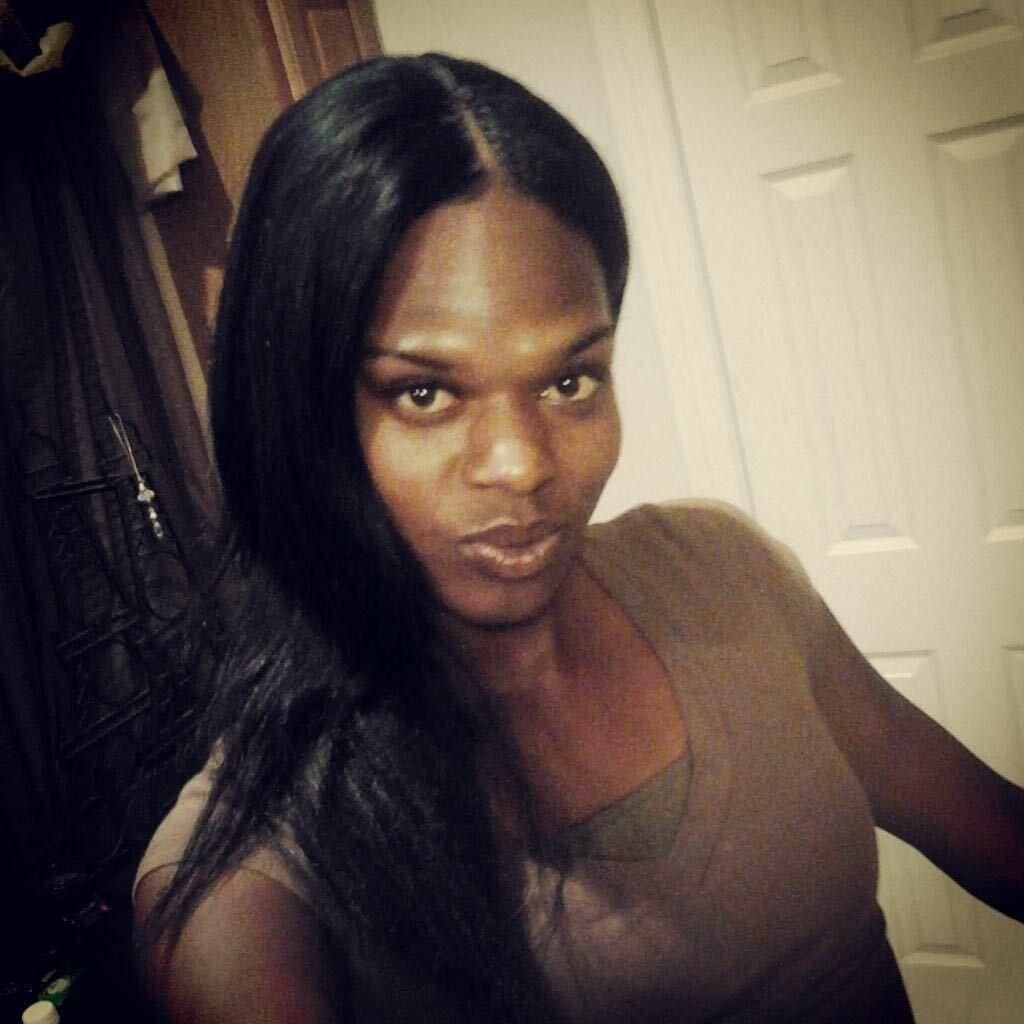

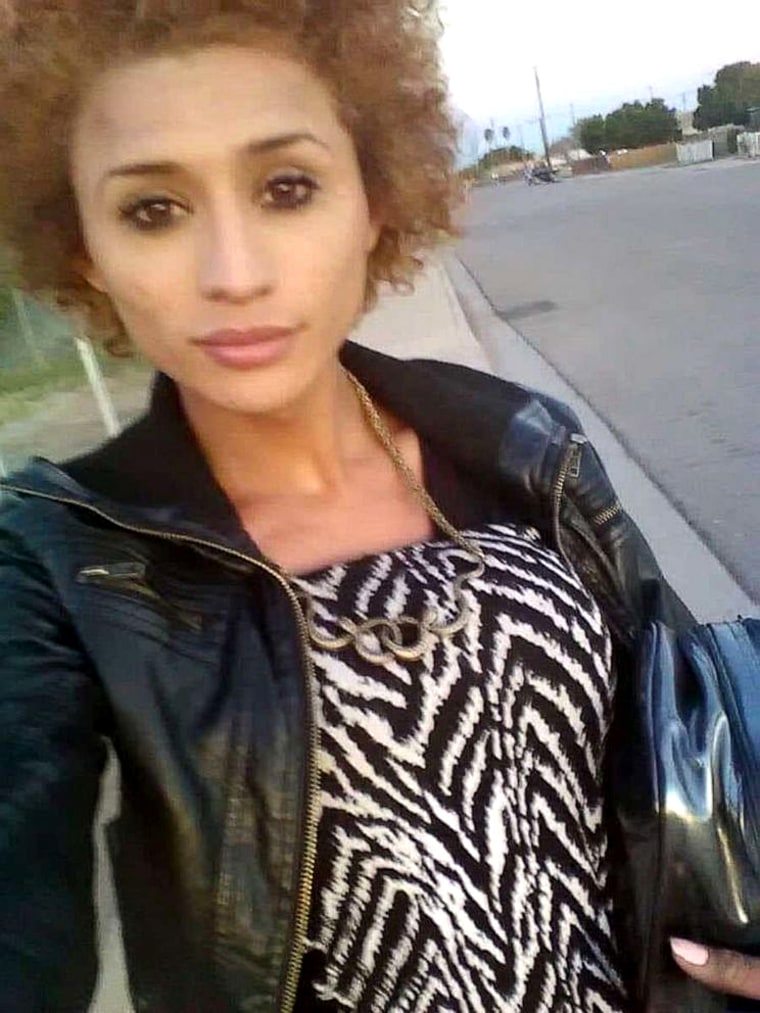

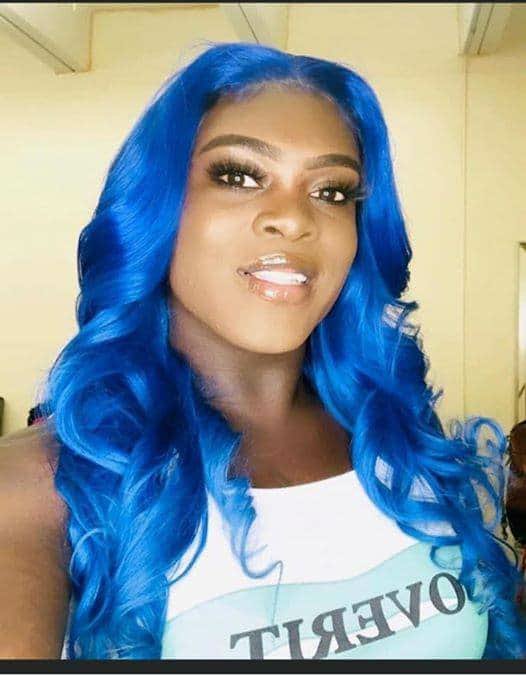
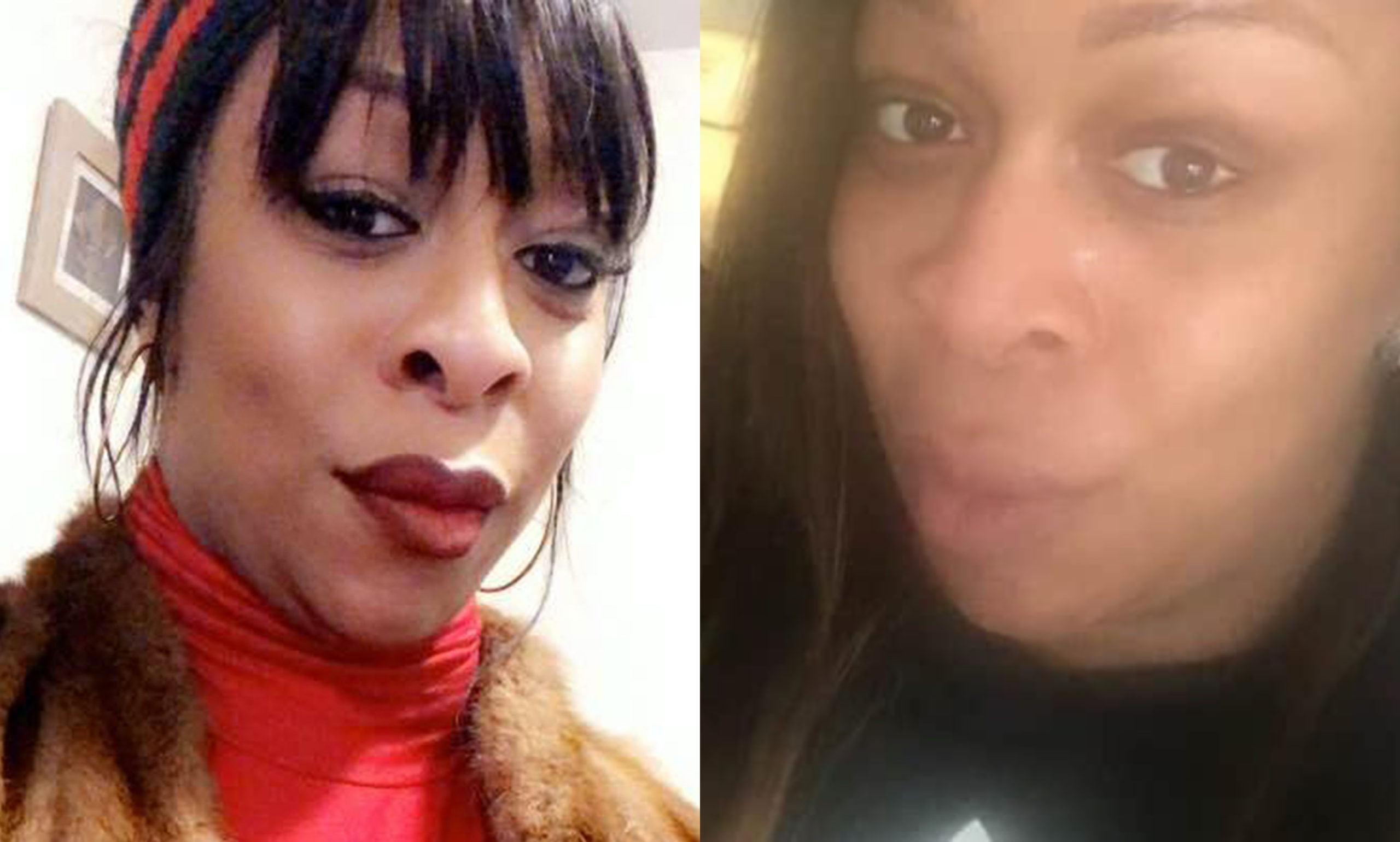
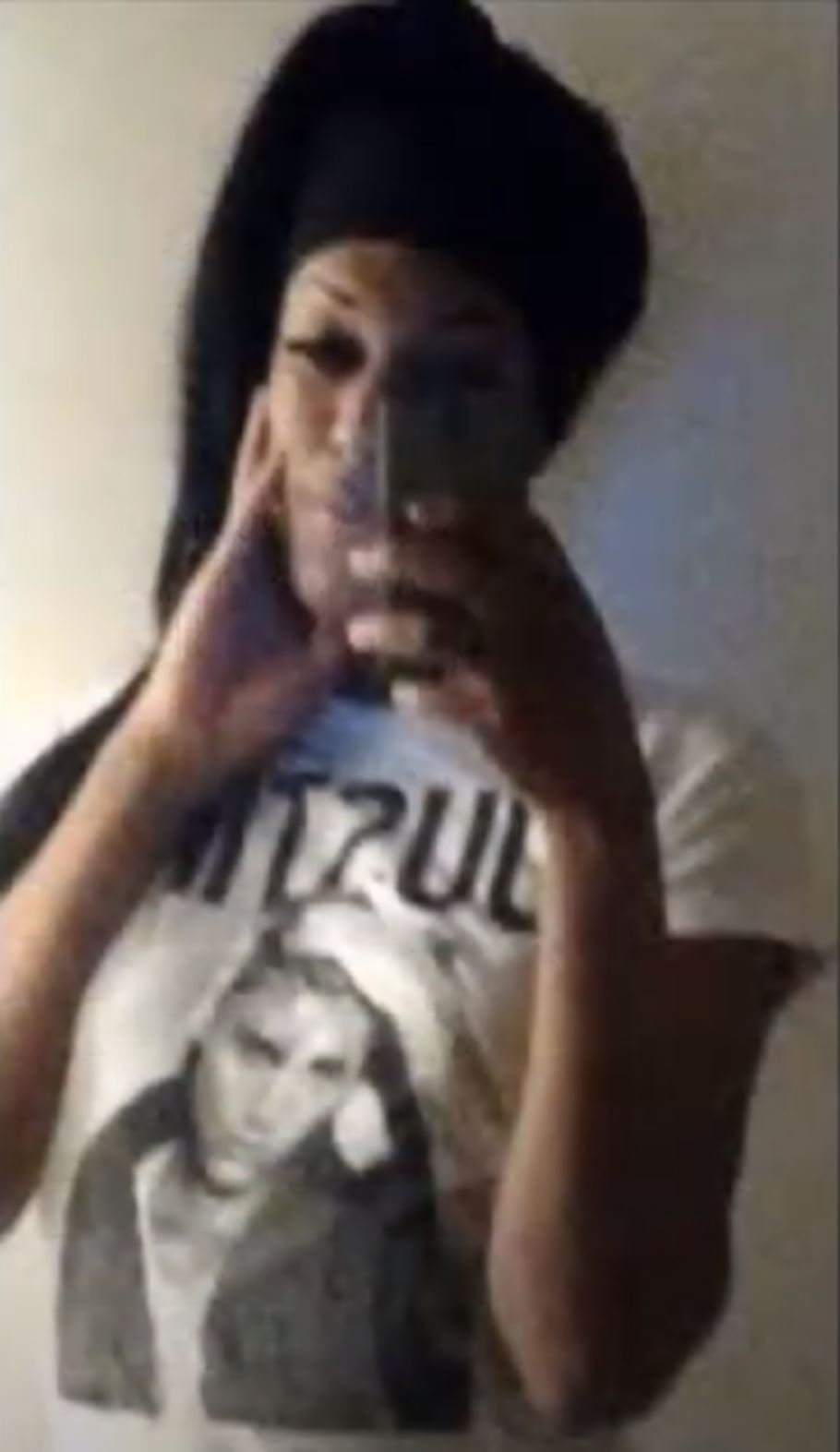
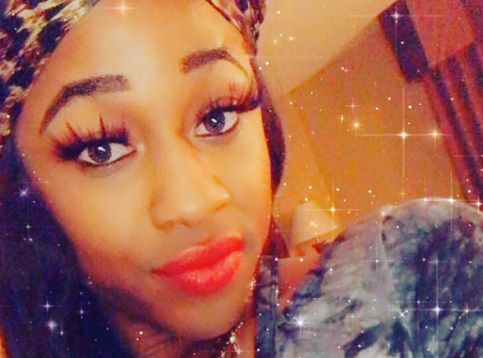


:format(png):focal(571.6666666666667x328.33333333333337:581.6666666666667x318.33333333333337)/cloudfront-us-east-1.images.arcpublishing.com/gfrmedia/6YQIK3JLBNDXPO2CJG67D7LNYQ.jpg)
